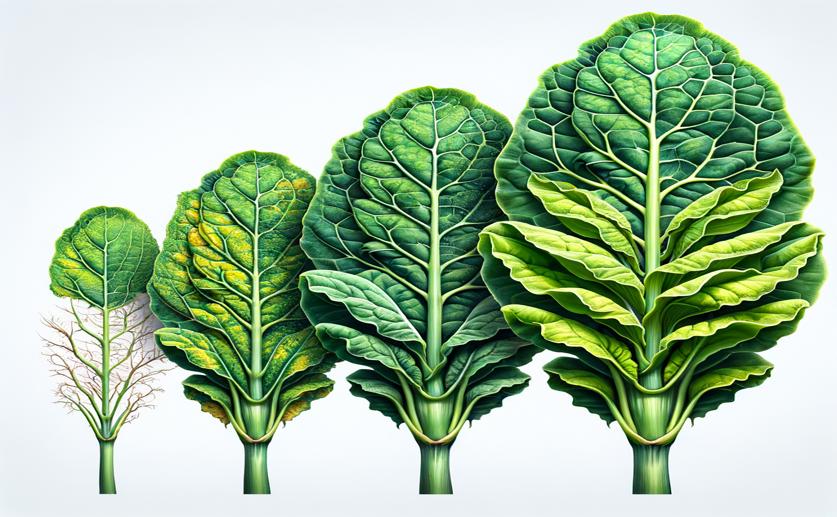
MRI Scans Show How Canola Leaves Develop and Respond to Dehydration
Greg Howard
14th May, 2024

Image Source: Natural Science News, 2024
Key Findings
- The study used MRI to map water status and distribution in Brassica napus leaves during development and dehydration
- MRI revealed that water content and distribution change significantly as leaves develop from young to mature and then to senescing stages
- During dehydration, water content decreased uniformly across different leaf tissues, demonstrating MRI's potential for non-invasive monitoring of plant water status
AgricultureBiochemPlant Science
References
Main Study
1) Quantitative MRI imaging of parenchyma and venation networks in Brassica napus leaves: effects of development and dehydration
Published 13th May, 2024
https://doi.org/10.1186/s13007-024-01187-2
Related Studies
2) How Does Leaf Anatomy Influence Water Transport outside the Xylem?
3) Decline of leaf hydraulic conductance with dehydration: relationship to leaf size and venation architecture.
4) Leaf mesophyll conductance and leaf hydraulic conductance: an introduction to their measurement and coordination.



 7th May, 2024 | Jenn Hoskins
7th May, 2024 | Jenn Hoskins